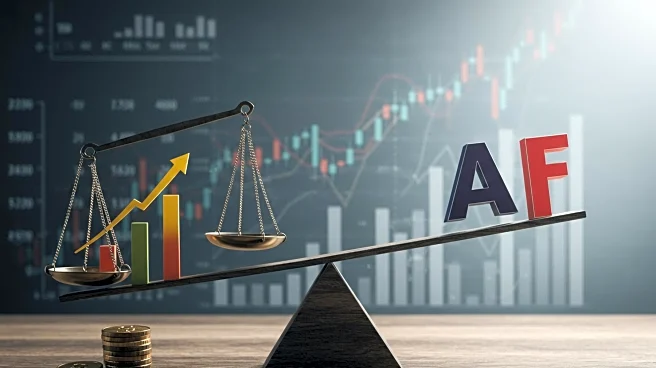Rapid Read • 7 min read
The Federal Reserve is confronted with a challenging decision as inflation, driven by tariffs, continues to rise. According to a report from the Bureau of Labor Statistics, the Consumer Price Index (CPI) is expected to show a 2.8% increase over 12 months as of July, up from 2.7% in June. This rise is attributed to the effects of tariffs imposed by President Trump's administration, which have led to increased prices for consumer goods. The Federal Reserve, which aims to maintain core inflation at a 2% annual rate, is now under pressure to decide whether to lower interest rates to boost the economy or keep them high to prevent further inflation. The central bank's policy committee is set to meet in September, with financial markets anticipating a potential rate cut.
AD
The Federal Reserve's decision on interest rates is crucial for the U.S. economy, as it impacts borrowing costs, consumer spending, and overall economic growth. A rate cut could stimulate the economy and reduce unemployment, but it also risks exacerbating inflation. Conversely, maintaining high rates could curb inflation but might slow down economic growth and increase unemployment. The outcome of this decision will affect various stakeholders, including businesses, consumers, and investors, who are closely monitoring the Fed's actions. The ongoing trade tensions and tariffs have added complexity to the Fed's policy decisions, highlighting the interconnectedness of trade policies and monetary policy.
The Federal Reserve's upcoming meeting in September will be pivotal in determining the direction of U.S. monetary policy. Market participants are closely watching for signals from the Fed regarding potential rate cuts. The decision will likely depend on the latest economic data, including employment figures and inflation trends. Stakeholders, including businesses and policymakers, will need to prepare for the potential impacts of the Fed's decision on the broader economy.
AD
More Stories You Might Enjoy










